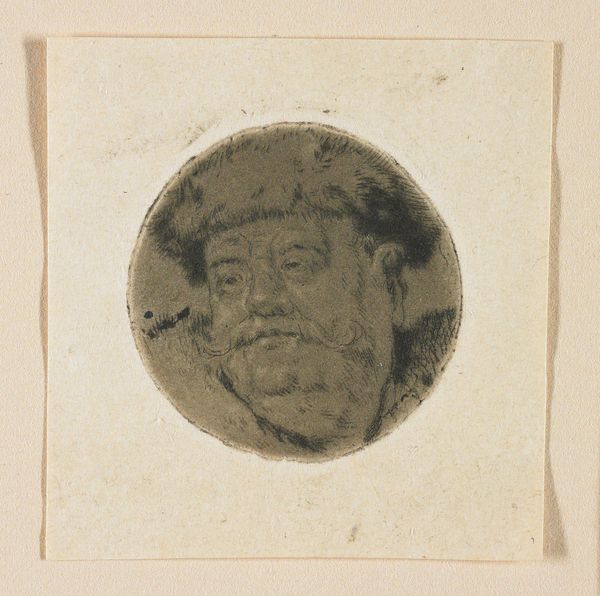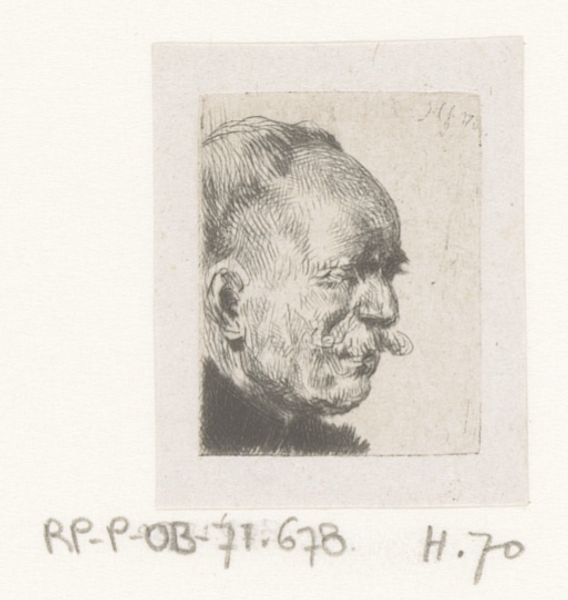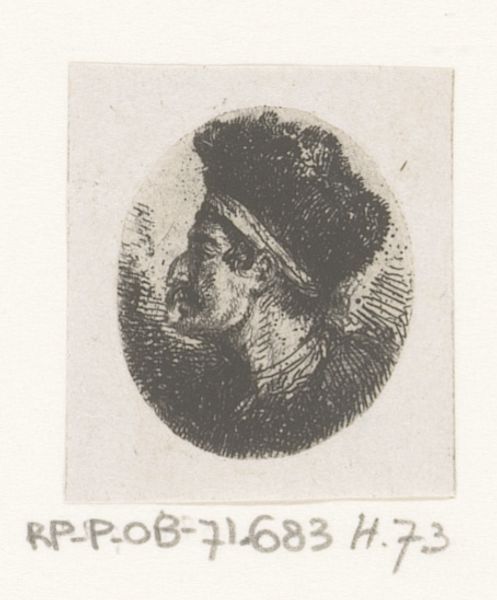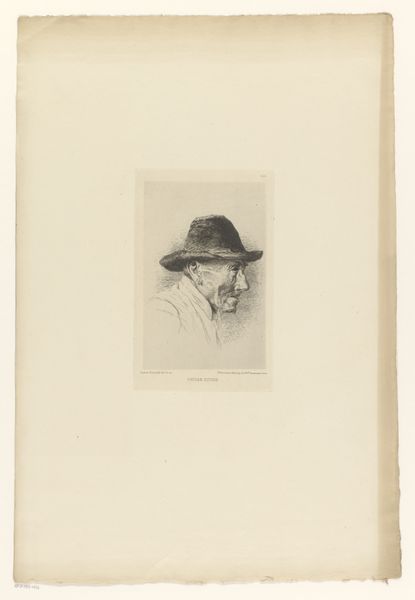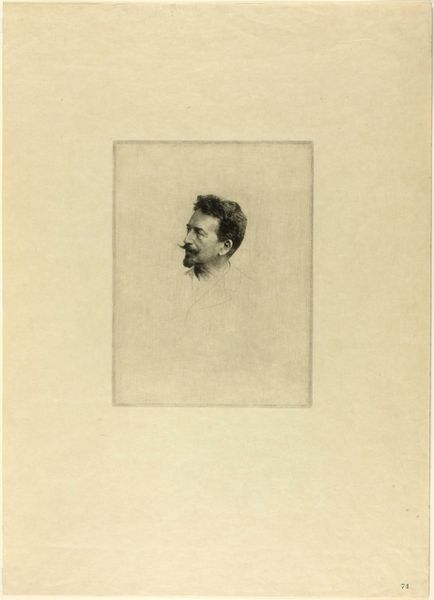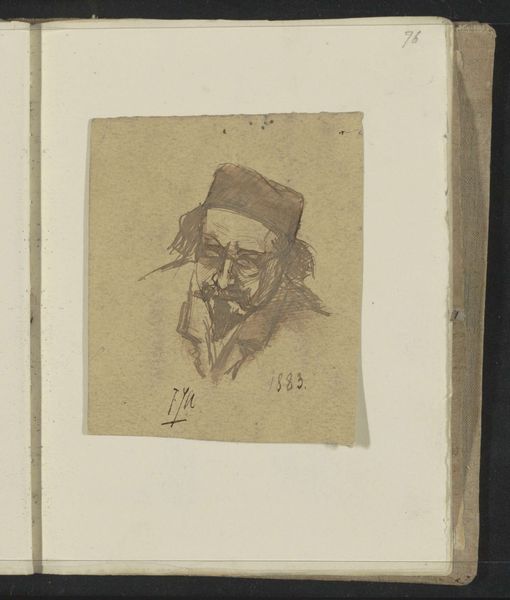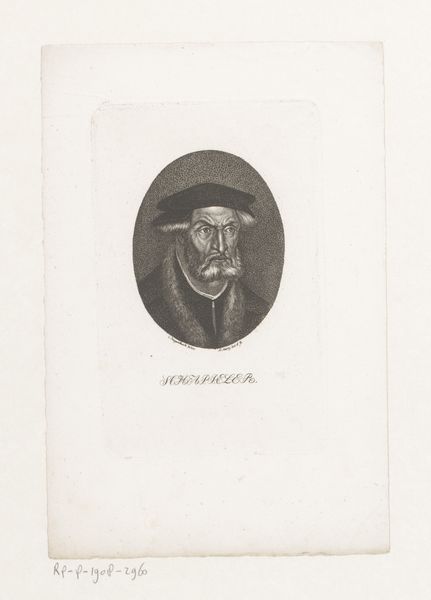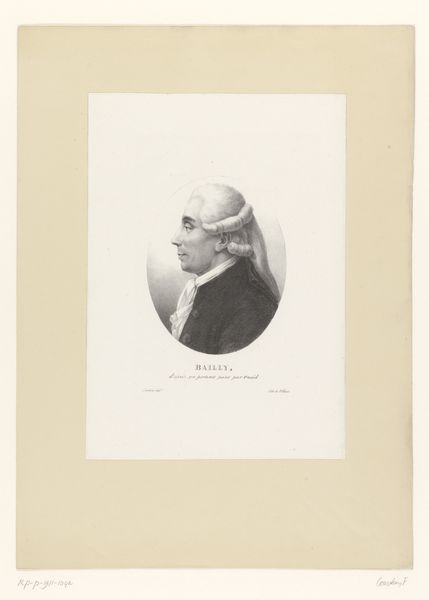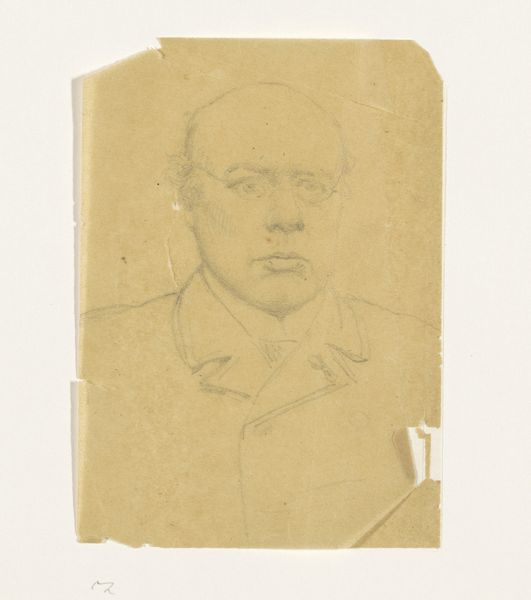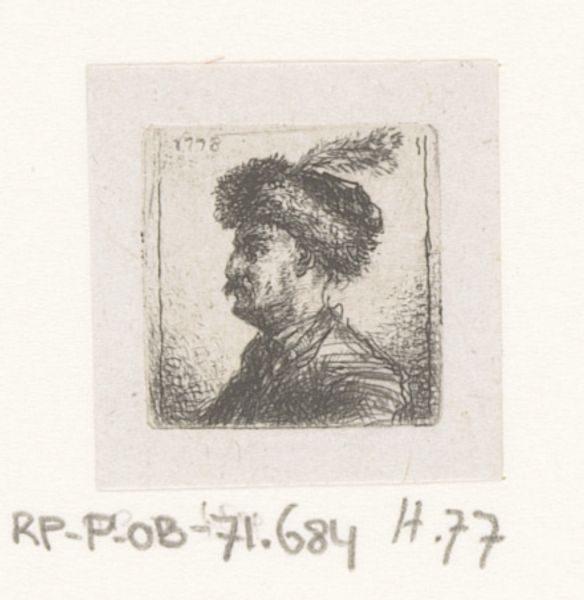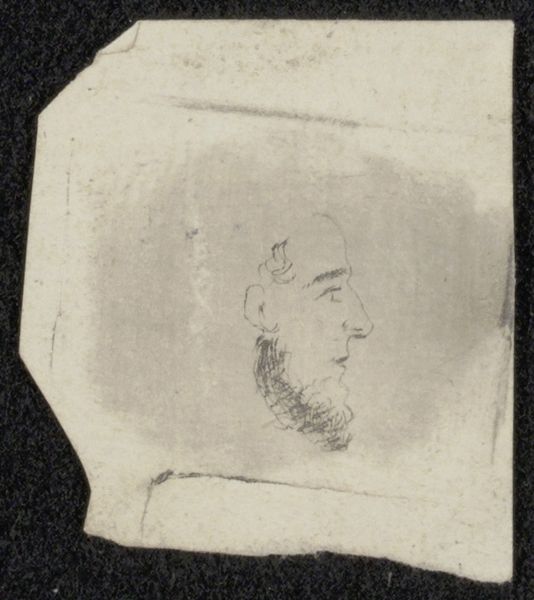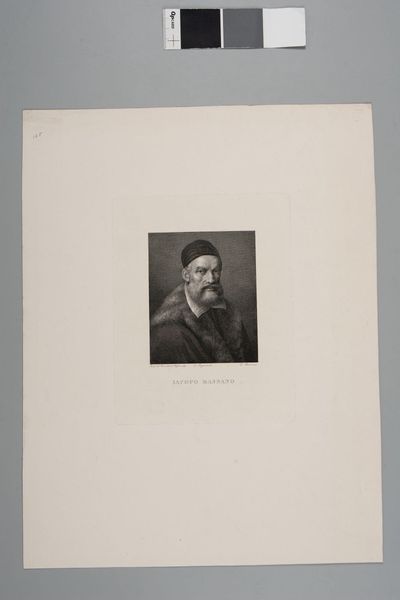
drawing, pencil
#
portrait
#
drawing
#
pencil drawing
#
pencil
#
academic-art
#
realism
Copyright: Rijks Museum: Open Domain
Curator: This is a pencil drawing, "Portret van Jan Sobieski III," rendered by Jean-Pierre Norblin de la Gourdaine, sometime between 1774 and 1789. Editor: There's a distinct somberness to this work, a gravity that seems at odds with the potential for pomp inherent in portraiture, especially of a figure as notable as Jan Sobieski. Curator: Indeed. It’s essential to contextualize Norblin's own social position. While commissioned for portraits, his sympathies often lay with enlightenment ideals which led him to produce subversive depictions. Editor: How does this influence this particular image? Sobieski III isn't exactly a figure ripe for subversion, he was revered. Curator: Look at the application of line and shadow. It's meticulous, adhering to academic art principles, yet there’s a sense of weariness captured in Sobieski's expression and the faint shadows. I think it hints at the weight of power and responsibility. This realism doesn't romanticize or idolize the sitter; it humanizes him. The choice of medium also underscores the lack of pretension. Pencil is a direct medium, honest in a way that oil paint of sculpture rarely are. Editor: I'm curious about the decision to render the portrait in a circular frame or, more precisely, the *suggestion* of one. The incomplete circle around the head seems to suggest a society, perhaps, as a constraint around even its most powerful figures. Curator: The circular frame and muted palette direct focus firmly onto the subject. We could read this, in contemporary theory, as Norblin refusing to allow us the pleasures of elaborate symbolism or even heroic depiction, drawing attention, instead, to a nuanced character study, a sober study. We are invited, maybe forced, to grapple with the humanity of the king, not just the myth of kingship. Editor: An astute observation. The placement of this portrait in a public gallery adds layers, sparking dialogue on representations of power and their connection with a community's evolving values. How images are shaped by their environments and vice versa continues to be relevant. Curator: Absolutely. It serves as a visual bridge connecting history and modern sensibilities, enabling conversations regarding agency, identity, and perhaps most significantly, our role as viewers engaging with these depictions. Editor: Seeing through the lens of your approach, I've gained a deeper appreciation for the complexities present in what initially struck me as a rather understated portrait. It reminds us that context shapes meaning.
Comments
No comments
Be the first to comment and join the conversation on the ultimate creative platform.
